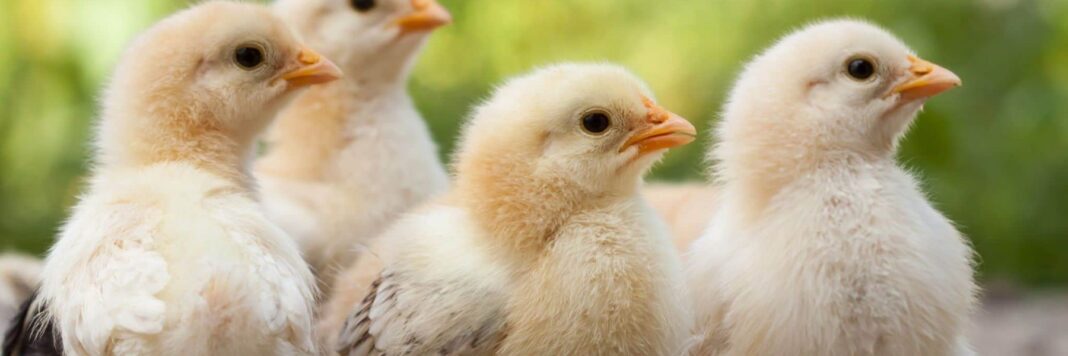Pullet Management: How To Set Them Up For Success
The early phase is critical
As in many industrial poultry productions, the early phase (or pullet period) of laying hens is essential for the entire performance success of the laying period. In this pullet period, feeding and management decisions can have a big impact in all laying performance parameters, especially during the production period.
In the early phase of development, from 0 to 6 weeks, the bird is still developing organs for digestion as well as its immune system. During this critical phase, pullet management errors can cause damage and stress that cannot be overcome. To help avoid stress, correct brooder temperature is essential.
Read also: Layers feeding guide: growth and weigh chart
A starting temperature of 33ºC should be achieved and then slowly decreased each day until ambient temperatures are met. Warming the brooder prior to the birds being present will help not only make sure the air is the correct temperature, but also that the concrete and overall space is warm.
 Learn More
Learn MoreDuring the rearing period, it is important to aim for the best standard bodyweight possible. Muscles and skeleton systems are needed to develop in this period. Some key factors like temperature, density, feed quality and feed presentation are crucial.
Growing pullets need enough feeder and drinker space to reach targeted uniformity and body weight as well. Ensuring density that is adequate is an important pullet management strategy, as is providing a clean and healthy environment, fresh and clean drinking water.
Uniformity in your flock, as it relates to body weight and size, is the most important goal and much of that uniformity is determined substantially during the first weeks. Aiming for ideal body weight during this time will help encourage uniformity, which makes flock management much more efficient.
Unspecific growth
During the 10th to 16th weeks, birds grow slower than previous periods. The primary focus at this time should be developing sufficient feed intake capacity besides target body weight. That’s why we focus on increasing higher insoluble fiber in the diet.
Empty feeder applications should be started to perform in this period. Once pullets have a more mature intestinal tract, immune system, and can thermoregulate, more focus can be put into increasing feed intake.
Pullets that face higher levels of stress during the growth period are more likely to have poor uniformity, which can negatively affect peak production. When flocks lack uniformity, the birds on the low end of the body weight table scale will not come into production until 5 to 10 weeks after other birds. While most of the flock may be laying 96%, the 5% of the flock that is laying sporadically, or not at all, will pull the peak down.
Stressors must be therefore avoided, including environmental conditions, feed quality, density, and many other abrupt changes in routine. Stress during the pullet period is critical as birds can gain up to 100 grams body weight a week, so any negative growth will have a great impact.
Read also: How to get chicken to lay bigger eggs: 5 key factors
Pre-lay period
The pre-lay period generally takes between 16 to 18 weeks. At this time, the bird will lay down more muscle, solidify bone structure and finish establishing their reproductive tract. All these developments are key in laying hens.
Medullary bone is filled by calcium during this period and will provide 30 to 40% of daily calcium needs for eggshell composition. The good development of the muscular structure and grow that is added in this period is fundamental for egg production. Poor muscle tone and mass can lead to several problems.
Entering the laying Phase
The bodyweight of birds as well as the beginning of laying will dictate egg weight during the production period. Managing bodyweight prior to lay is necessary to target egg weight in terms of consumer demands. Those flocks who are under the weight will have a delayed onset of lay. Focus on the energy and amino acid level of the feed will influence the pullet’s average body weight besides and therefore flock peak production. Other tools like lighting management, feed intake, and feed form are essential to reach peak production.
Good pullets are necessary for maximizing saleable table eggs
The pullet period is the most crucial stage in laying hens’ production. Correct pullet management and providing most precise feeding plays a vital role, ensuring that birds reach the correct weight at the right time, avoiding stress and favoring uniformity. To reach our Wisium goal of 500 eggs in 100 weeks, we are depending on a golden pullet period.
For more information and updates join our WhatsApp group HERE
Like our page on Facebook HERE











